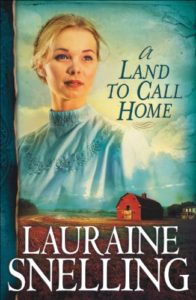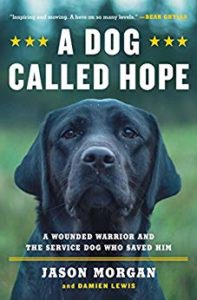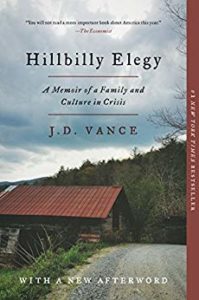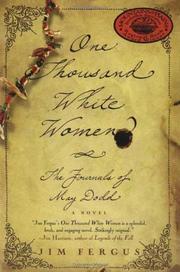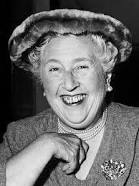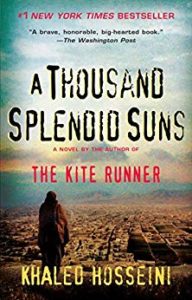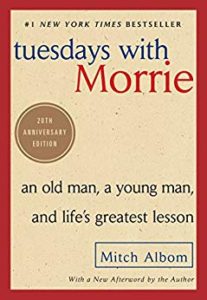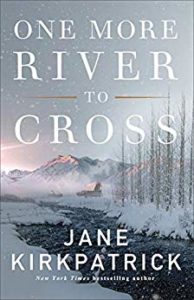A Land to Call Home, the third novel in “The Red River of the North Series” is another exceptional Historical Fiction by Lauraine Snelling. The story takes place in 1884-85 in Dakota Territory, in what would become North Dakota.
The story centers around the families of two sisters-in-law, both widowed and remarried, but includes other neighbors and relatives who fight to survive the struggle of taming the virgin prairie. The adults are originally from Norway and they speak Norwegian, though struggle to learn English. As the pioneers face almost insurmountable challenges to “prove up” their individual homesteads, they also work toward their dream of building a real town.
The immigrants’ homes are made of sod, dwellings that are dark and damp. But the women make colorful quilts to liven their environment. Even the combination church/school building is a sod structure. Helping one another, sharing their meager supplies, and living their strong Christian faith carry them through the hard times.
Reading this series has made me appreciate even more the hardships of our early pioneers. I love reading about how those brave people managed, what they ate and how they spent their time. Their lives were centered around their deeply rooted religion. When their faith was tested, they helped one another through it. I particularly enjoyed the first Christmas program in the new soddy school house. In those days there were no problems celebrating a traditional Christmas pageant with a live baby, donkey, even sheep. The community pitched in with materials to make the program a success.
Lauraine Snelling captures the spirit of our hard-working early settlers. As I’ve followed along with many of the same characters in previous books in the series, I applaud their triumphs and despair their hardships. I admire their deep faith and their ingenuity in finding ways to strive. I love the “Red River of the North” series and look forward to book four.


